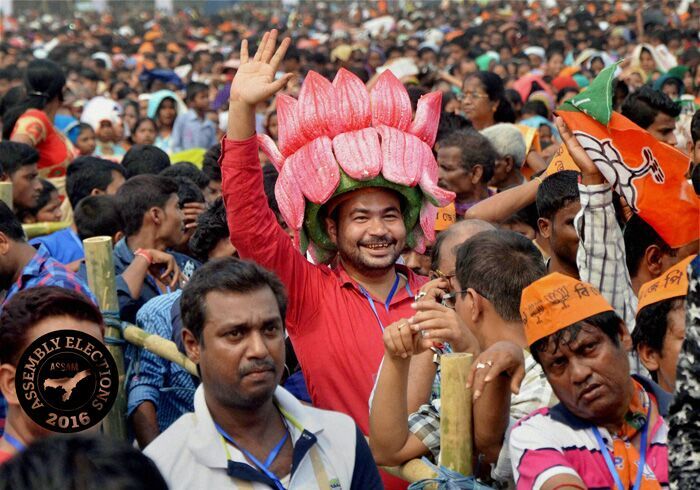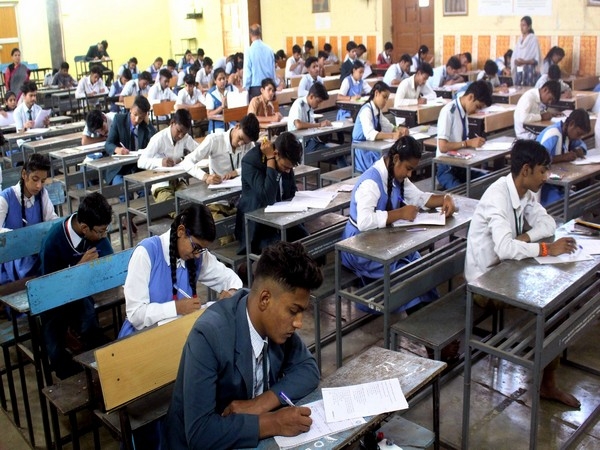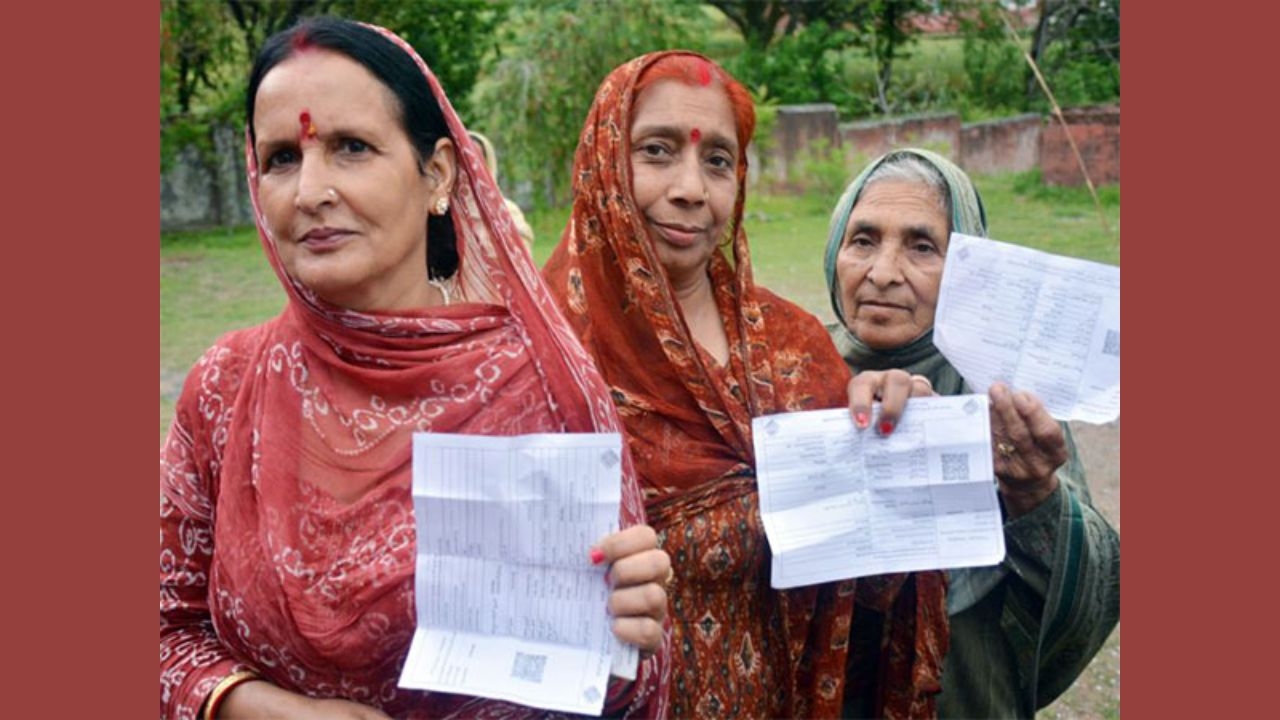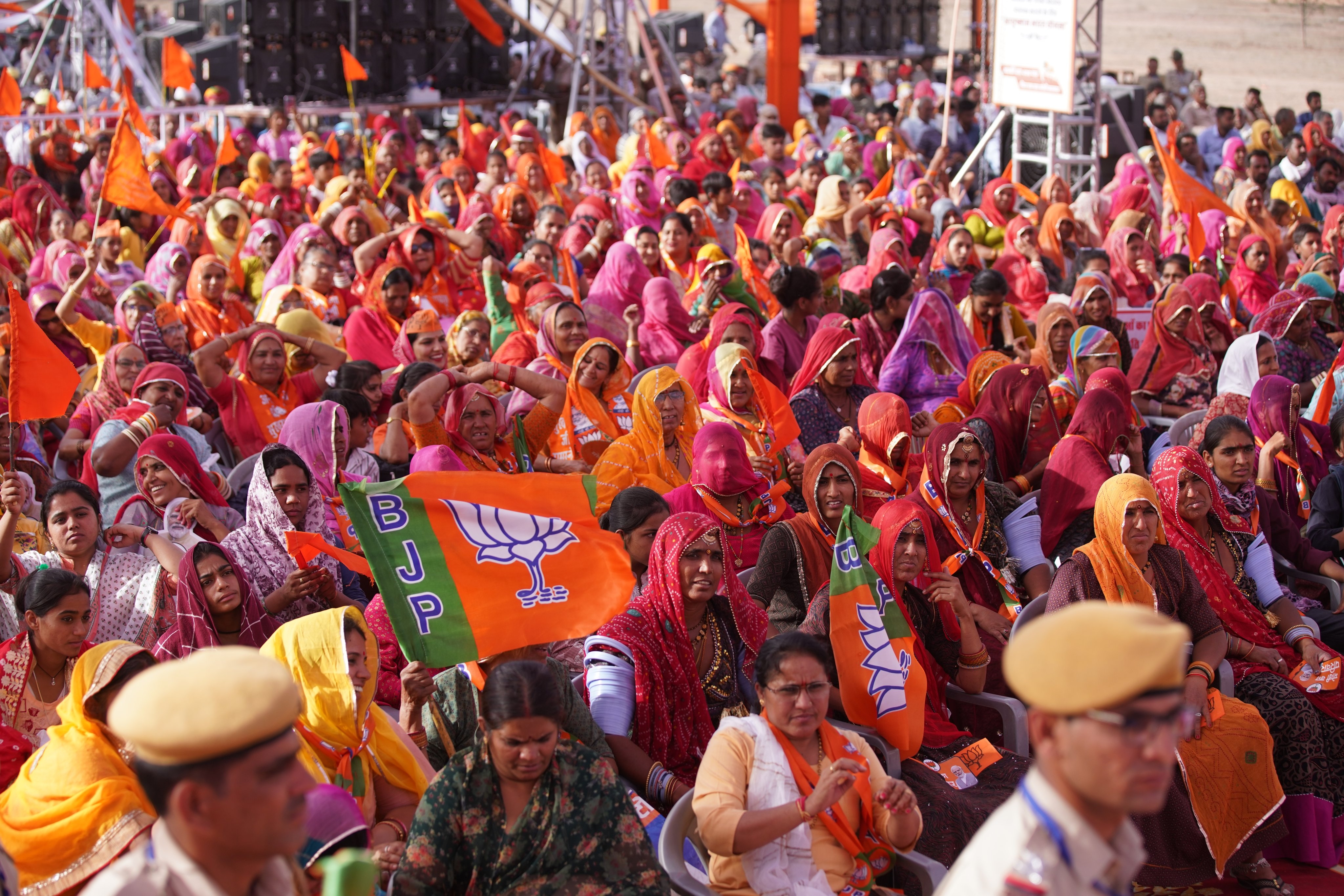
With the Assam Legislative Assembly election just a few days away, all the major political players in the state are in the final round of campaigning.
While the ruling Congress government has refused to form a pre-poll alliance with the All India United Democratic Front (AIUDF), the BJP is partnering with Asom Gana Parishad (AGP) and Bodoland People's Front (BPF).
Having won seven of the 14 Lok Sabha seats from the state in 2014, BJP is expected to emerge as the single largest party in the Assembly election this summer.
The Hindu nationalist party has been on the offensive in Assam, targeting the Congress and AIUDF on the issue of illegal immigration. The party is also banking on an anti-incumbency wave to help end the Tarun Gogoi-led Congress government's 15-year rule in Dispur.
However, despite BJP's strong performance two years back, coming to power in Assam will be much easier said than done.
Brief history of BJP in Assam
Until 2014, BJP's influence in Assam remained limited. The party's support base mostly came from the Hindi-speaking community, and sections of the Assamese and non-Assamese Hindu population.
In the 2011 Assembly polls, the party bagged a mere 11.47 per cent of the total vote share in the state, winning five seats in the Assembly. Congress, in comparison, had 39.39 per cent of the total vote share and 78 of the 126 seats.
Also read: Assam Election 2016: Illegal immigration, Bengali Muslims & the AIUDF factor
However, things changed drastically in the 2014 General Election. BJP made inroads into Upper Assam, traditionally a Congress stronghold, with the latter winning only the Kaliabor seat in the area. BJP won seven of the total 14 seats in the state, with Congress and AIUDF both winning three each.
Congress saw its vote share dip to 29.60 per cent, while BJP's tripled to 36.50 per cent. The latter received more votes than its rivals in 69 of the 126 assembly segments.
Weak partners in AGP and BPF
In 1985, debutants Asom Gana Parishad swept the Assam Assembly on the back of the Assam movement, winning 67 of the 126 seats to come to power in the state.
It came back to power in 1996 after the Hiteswar Saikai-led Congress formed the government in 1991. However, three decades after its formation, AGP now lies in a beleaguered state.
The party has lost a number of its senior leaders to BJP while a large portion of its traditional support base has shifted allegiance to other parties as well.
In 2011, the party managed to win just 10 seats in the Assembly with a 16.29 per cent vote share. Three years later, AGP was virtually wiped out during the Lok Sabha polls, when the party failed to win a single seat, even failing to come second in any of the 14 seats.
Its vote share during the election dipped to 3.80 per cent. Now, contesting in 24 seats in alliance with the BJP, it remains unlikely that the party will be able to match its 2011 performance, let alone surpass it.
On the other hand, Bodoland People's Front (BPF), BJP's other ally, is facing a decline in the BTAD districts. The party failed to win the crucial Kokrajhar seat in the 2014 election, with independent candidate Naba Kumar Sarania coming out triumphant.
Also read: Assam Election 2016: Why Bodoland could hold the key to BJP's chances
In the last Bodoland Territorial Council (BTC) elections, BPF's seat share came down from 31 to 20. This time, the party is also likely to face stiff competition from the newly-formed United People's Party (UPP), which is contesting in four seats in alliance with Congress, and is backed by the highly-influential All Bodo Students' Union (ABSU).
Issues and challenges facing BJP
While Sarbananda Sonowal has been named as the Chief Ministerial candidate by BJP, ex-Congress leader Himanta Biswa Sarma has been leading the party's campaign in the state during the last few months.
Sarma's inclusion in the party has helped BJP fill up a leadership vacuum, as well as secure a tie-up with the BPF, but some of the older members of the party are said to be miffed by his increasing influence within BJP.
On the other hand, agitated by the party's tie-up with AGP, some BJP rebels have formed the Trinamool BJP, which could cause serious damage to the BJP-led alliance in the highly crucial Upper Assam belt.
With BJP not maintaining a strong presence in Lower Assam, where AIUDF is expected to do well, the BJP-alliance will need to win a large number of seats in Upper Assam.
However, with Congress having traditionally maintaining a strong presence in the area, it may not quite be a stroll in the park for BJP.
The Tarun Gogoi-led party will hope that both Congress and AIUDF will secure at least 64 seats together to keep BJP out of power in a post-poll alliance.
-Edited by Aishwarya Yerra



![BJP's Kapil Mishra recreates Shankar Mahadevan’s ‘Breathless’ song to highlight Delhi pollution [WATCH] BJP's Kapil Mishra recreates Shankar Mahadevan’s ‘Breathless’ song to highlight Delhi pollution [WATCH]](http://images.catchnews.com/upload/2022/11/03/kapil-mishra_240884_300x172.png)

![Anupam Kher shares pictures of his toned body on 67th birthday [MUST SEE] Anupam Kher shares pictures of his toned body on 67th birthday [MUST SEE]](http://images.catchnews.com/upload/2022/03/07/Anupam_kher_231145_300x172.jpg)






